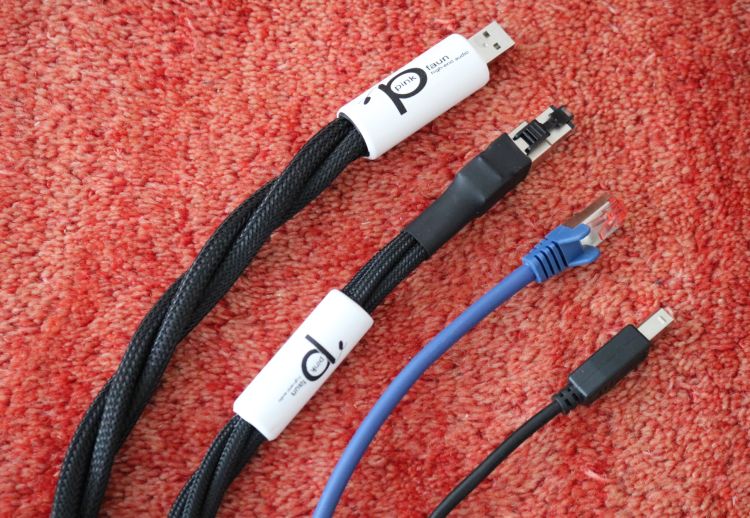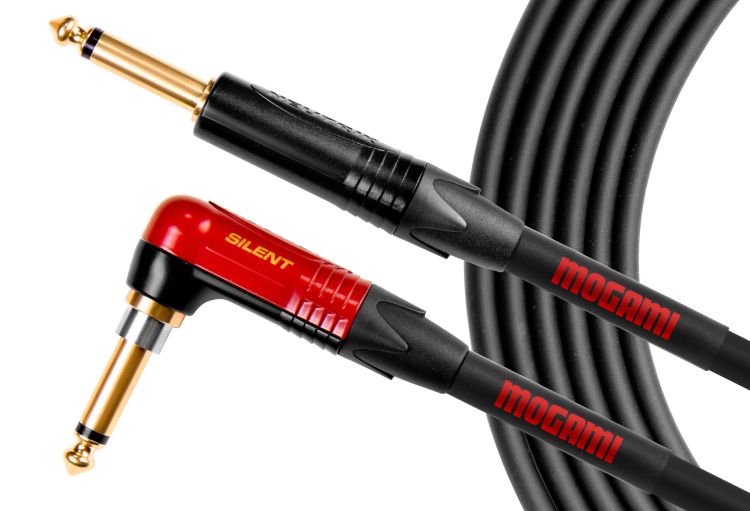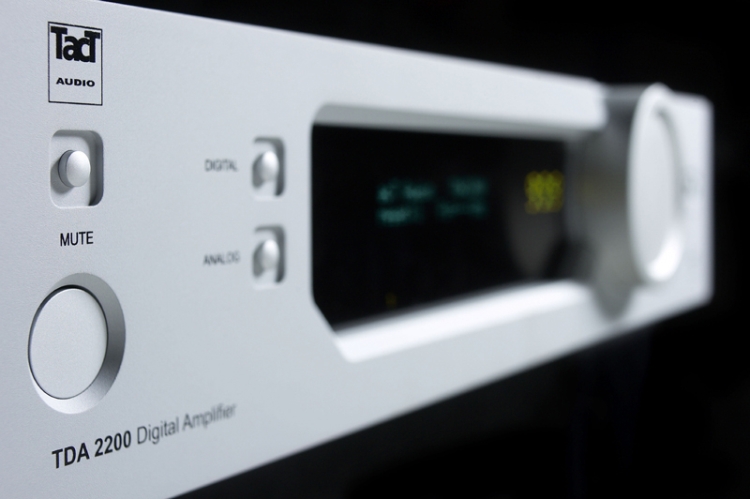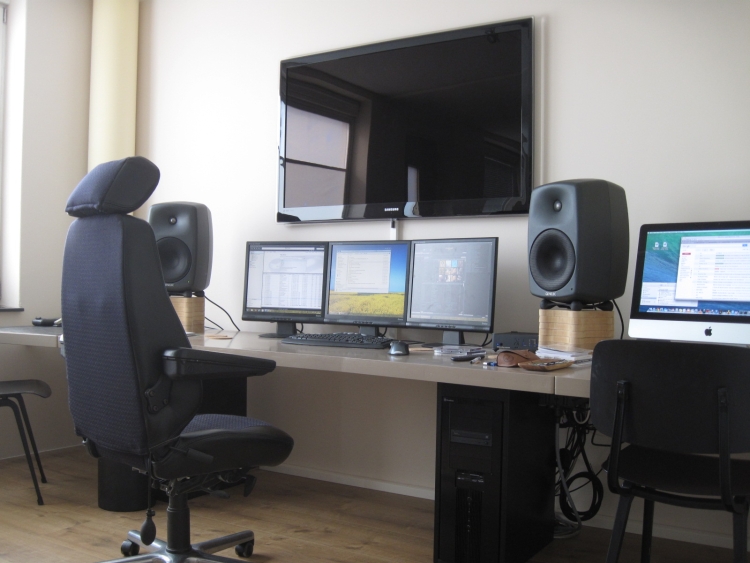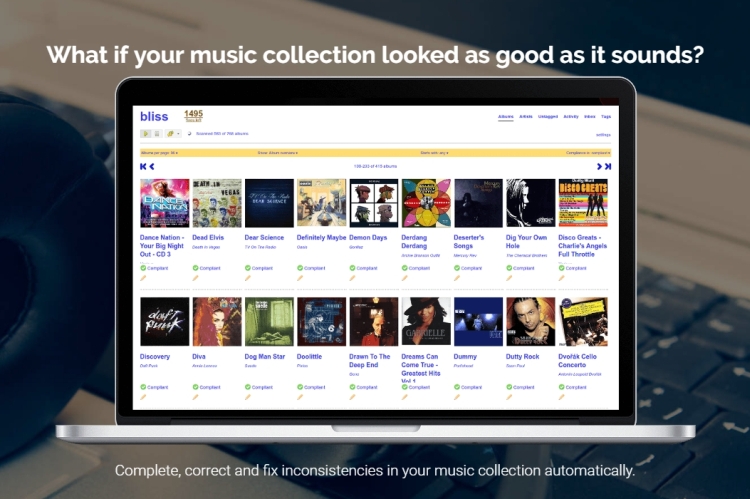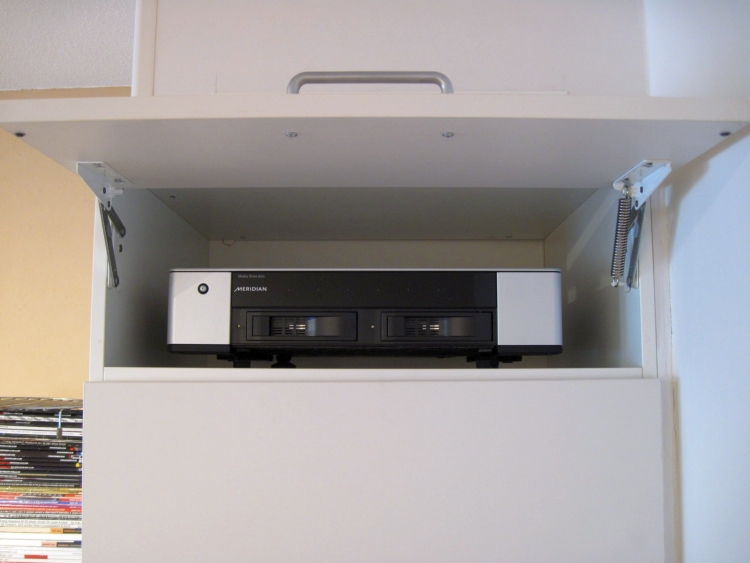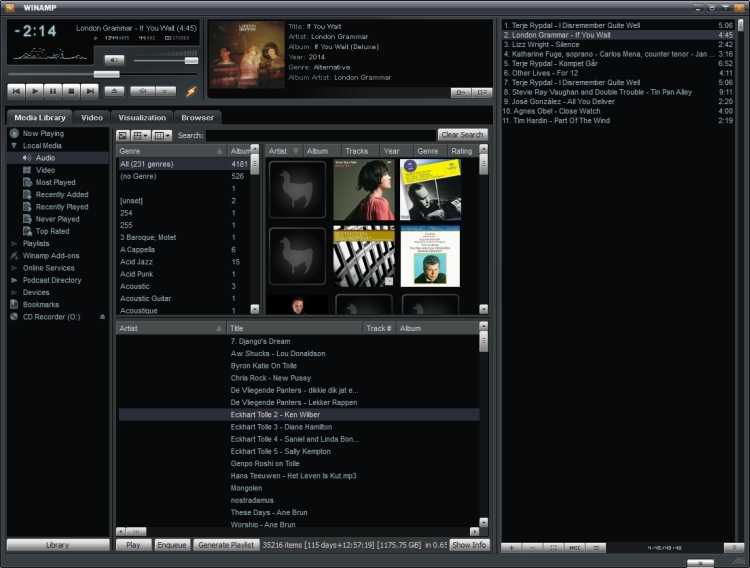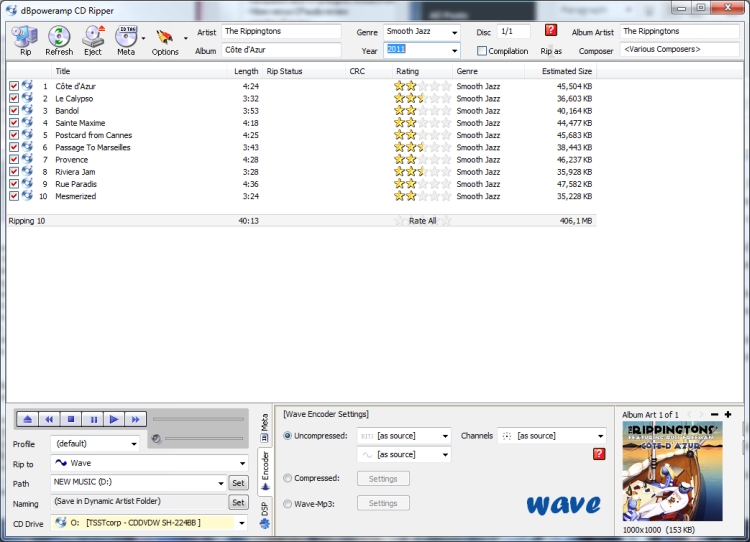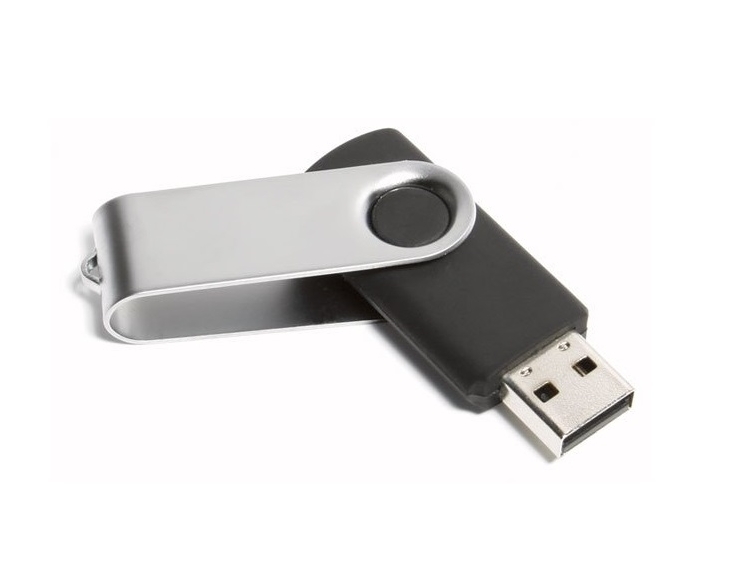
The physical medium on which your music files are stored has an influence on the sound when played back from it
The source can be a NAS, a USB-connected hard drive or your internal hard drive. My point: they all sound different.
When comparing my Windows PC to the Macbook Pro and a NAS, all in combination with the PS Audio PWD streamer/DAC, I notice large differences between these different sources of music. During the writing of the PWD review, I figured that this was to do with the way that the server program (re)acts with the hardware but later I noticed that these differences hold true, no matter what playback method or what streaming endpoint is used.
I should note here that I am comparing the very same music files (AIFF/WAV/FLAC/mp3), copied in one go to the NAS via the network, without conversion of any kind. Also, when playing back from the NAS, this is in “native” form: again there is no conversion of any kind going on. Incidentally, the disk inside the NAS is the same brand (Samsung), same format (3,5 inch) and almost the same type as the one in the PC, and the NAS is connected on the same router as the other equipment, connected with only one switch.
As it turns out, the NAS source sounds lighter, airier and tighter than the PC’s built-in drive and it is also slightly more upfront in character. The PC’s internal drive sounds more mellow, smoother, more relaxed and a bit fuller in the bass. It is less forward but all the less expressive for it. Indeed, these differences were exactly the same as noted when comparing the PWD with a NAS vs the libraries on the PC.
So far I have been comparing a NAS to the PC’s inbuilt hard disk. But what about USB-connected drives? Or USB sticks?
I didn’t have a free USB disk drive available but still wanted to test how a USB stick (thumb drive) would hold up. To test this, I copied the same track to it and just compared playback through Winamp 5. Again there were differences but, this time, less significant. The USB stick sounds a bit like the NAS, which is fast, open and airy. It has the tiniest amount less bloom than the NAS but otherwise sounds very much like it and deviates a lot from the PC’s built-in drive. It seems that the “native” internal SATA connection (or PATA, which has the same characteristics, as noted during earlier tests) sounds fullest, most sweet and most relaxed. Still, there is a lot to say for the external options that all manage to sound more upfront and lively.
Conclusion
My experiments are far from all-encompassing but I think it illustrates my point well enough. All experiments point to the connection method being the main source for the observed differences in sound. Just why these differences exist is something I cannot comprehend or explain. I can tell you however that these differences are easily heard=. Which method is perceived as best actually depends on taste and the synergy with the rest of the system. Ultimately only die-hard audiophiles will probably care, but if anything just take away from this that these differences exist. Don’t you just wish that the digital world really was only about ones and noughts?
Remember the slogan “perfect sound forever”?
If only it were so simple…
